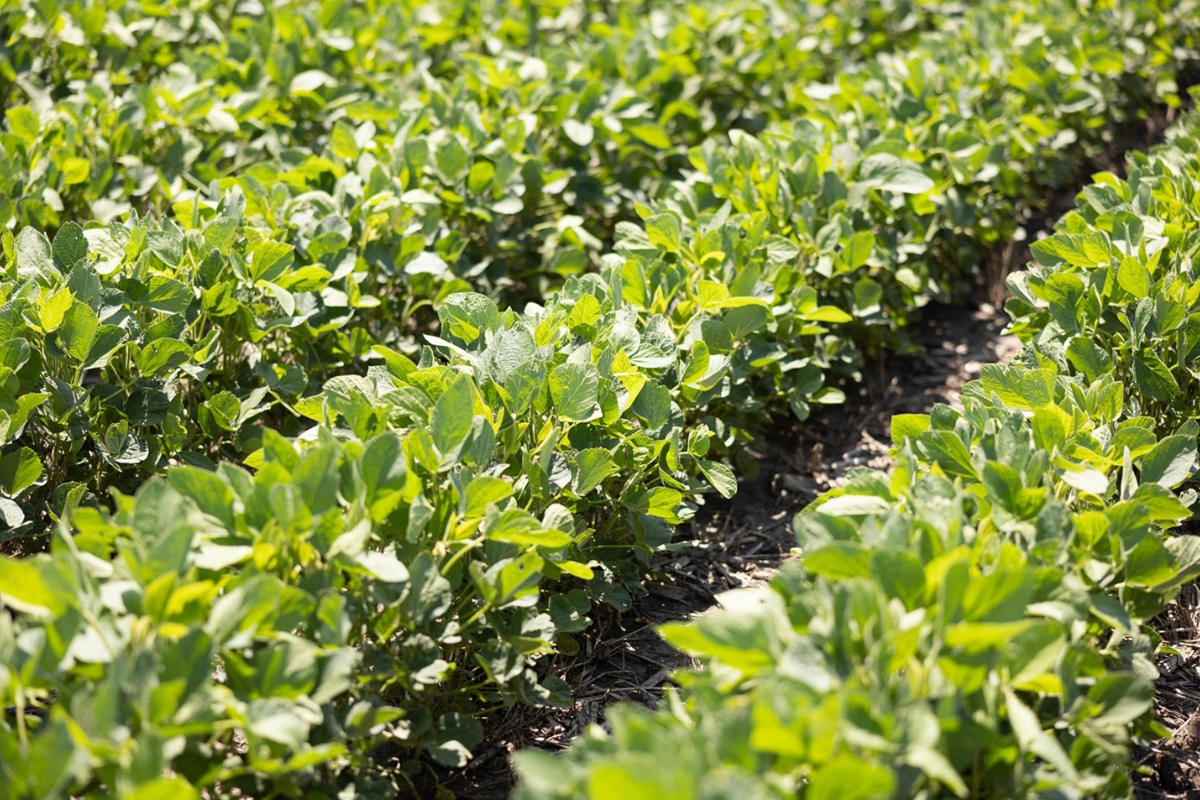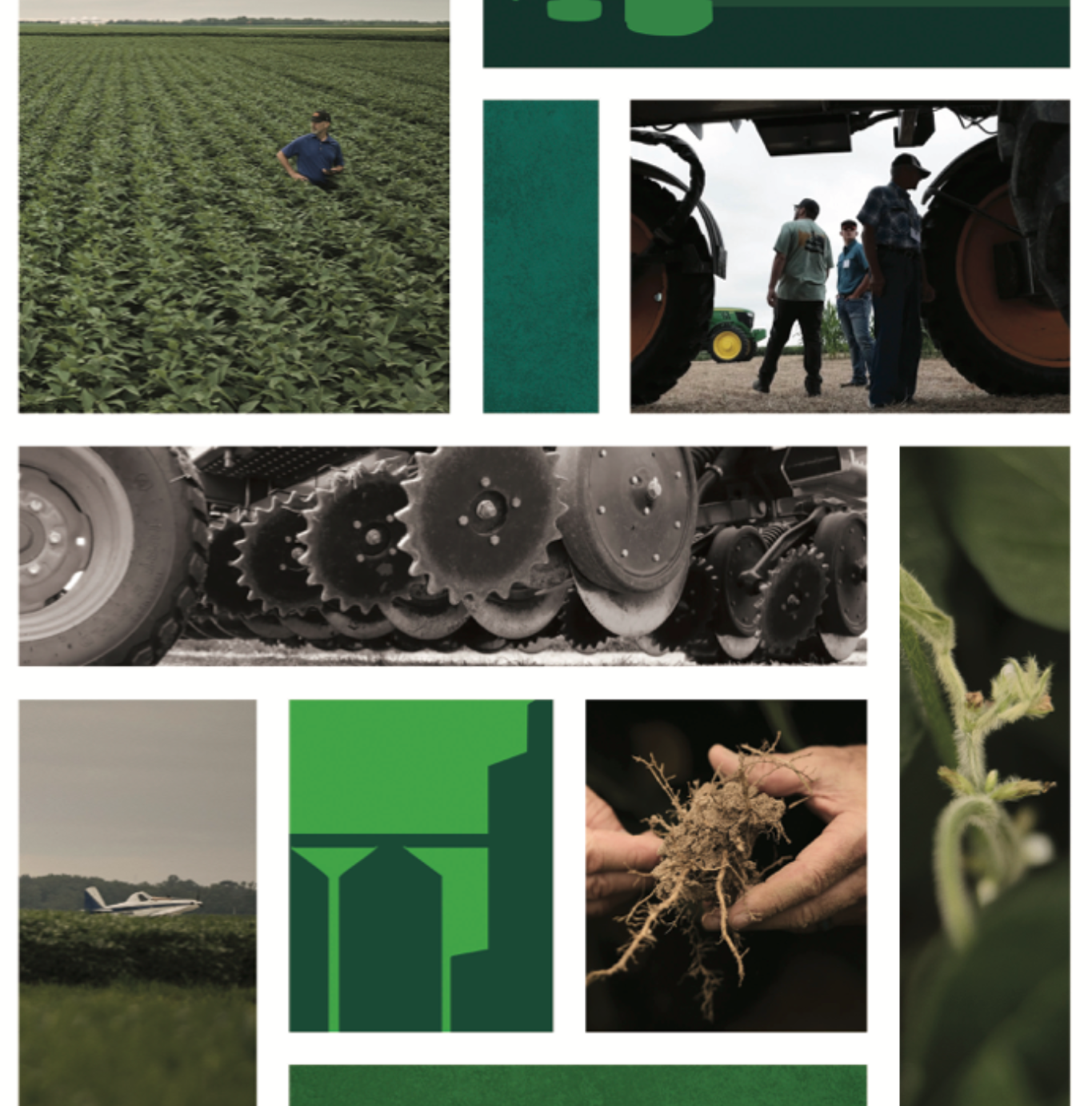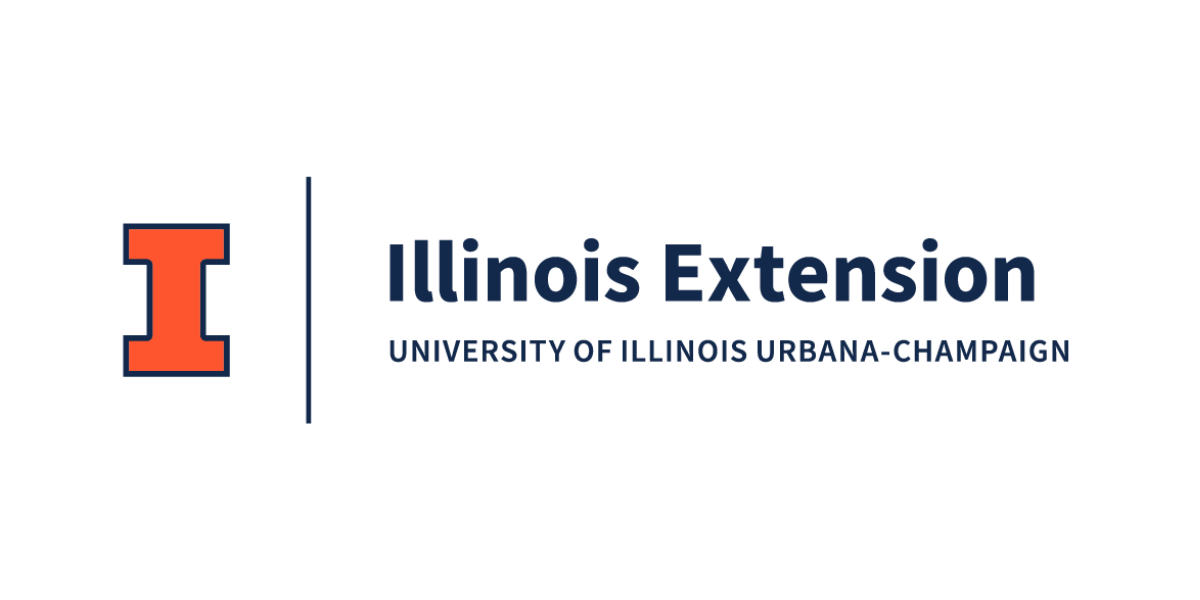As Illinois farmers seek to enhance soybean productivity and environmental stewardship in 2025, regenerative agriculture can offer a holistic management framework worth studying. It’s really a continuation of investments many farm families have been making for generations.
“I think of regenerative agriculture as a mindset—which can be summarized as ‘doing the best you can, using all the tools in the toolbox, to leave the soil in better condition than when you found it,’” explains Ross Bricklemyer, Ecosystem Services Modeling Strategy Lead, Bayer. “There are many regenerative practices that farmers are successfully using today to turn that mindset into lasting change.”
The push for regenerative ag reflects both agronomic and societal factors. Improving environmental resilience of farmland has become a priority amid increasing
frequency of drought and heavy rainfall events, among other severe weather scenarios. Meanwhile, more consumers and other end users are seeking sustainably sourced food and feed than ever before.
“Across the food chain, from consumer to corporation, there is a recognition of the need to reduce carbon emissions and restore ecological balance in our
food supply chain,” Bricklemyer says. “Regenerative ag fits perfectly with this aspiration.”
Defining Regenerative Ag
Although some people prefer terms such as climate-smart ag, Bricklemyer is partial to regenerative ag. As an ecosystem services expert who holds a Ph.D. in soil
science from Washington State University, Bricklemyer thinks the science-based conservation practices underpinning regenerative ag will withstand the test of
time, no matter what terminology is in vogue or who is in office in Washington, D.C.
“Whether the incoming [Trump] administration chooses to shift current climate-smart agricultural programs from a climate focus to emphasizing conservation, the on-farm benefits of regenerative practices are independent of what lawmakers decide,” Bricklemyer explains. “Additionally, meeting sustainability targets
through voluntary carbon markets are a primary driver of agriculture value chain companies’ desire to partner with farmers to adopt regenerative practices. The good news is that these sustainable ag practices are becoming more ingrained in today’s marketplace because they deliver tangible benefits to farmers and the food value chain.”
These practices include time-tested ones such as plant breeding, crop rotation, cover crops, and reduced or minimized tillage, Bricklemyer says. Additionally, regenerative ag encompasses emerging practices such as supplementing commercial nitrogen fertilizer with manure, using precision nitrogen management including inhibitors and adopting biological crop protection or crop enhancement products.
When used in concert, such practices can bring numerous benefits, Bricklemyer says. Among them:
- Farm Productivity and Profitability: “Improving soil organic matter, nutrients and moisture can help farmers save on irrigation, fertilization and fuel consumption,” Bricklemyer says.
- Soil Health: “Regenerative practices such as reduced tillage, cover cropping and rotation not only help absorb more carbon, but they also reduce soil erosion,
increase water retention, improve nutrient content and create habitats for other plants and animals,” Bricklemyer points out. Increased soil organic carbon and reduced soil bulk density can also boost yields. - Water Quality and Conservation: Rather than disrupting soil structure and exposing topsoil, regenerative ag practices keep the soil covered, rebuild soil structure, and can mitigate the risk of flooding, erosion and runoff by increasing natural soil drainage, while also preserving soil
moisture during drier times. “This is especially important during ex- treme weather conditions, when healthy soils act as filters to trap pollutants and prevent them from leaching into groundwater,” Bricklemyer says. “In irrigated systems, data-driven precision irrigation has the potential to conserve water while maintaining optimal production.” - Reduced Greenhouse Gas (GHG) Emissions: Ag contributes significantly to global GHG emissions, though regenerative ag practices can both reduce
emissions and store more carbon in the ground. A variety of carbon market programs are incentivizing farmers to adopt new practices, which can provide an additional revenue stream. - Biodiversity: A host of living organisms can benefit from regenerative ag. Healthy soils
contain millions of beneficial microbes that transfer vital nutrients to crops, while other organisms protect crops by warding off soil pests, Bricklemyer says. Conservation-minded activities also provide habitat to game birds and other wildlife.

These Illinois no-till soybeans were planted following corn. Reduced tillage is one of the practices commonly recommended for
farmers implementing regenerative agriculture. Credit: ForGround by Bayer and Coolfire Studios (St. Louis, Mo.)
These kinds of outcomes can inform the strategies Illinois soybean farmers take to the field to balance productivity and sustain- ability during spring 2025 planting and beyond.
Key 2025 Trends to Monitor
Three aspects of regenerative ag—collaboration, data, and products and systems—are especially worth watching in Illinois, Bricklemyer advises.
Collaboration on environmental opportunities is on the uptick across agriculture, and many such programs offer direct payments, technical assistance and other resources to farmers. Bayer has globally launched 24 regenerative programs with 17 companies, he says. Meanwhile, the company’s collaborations extend to growers across the regions with almost 4 million acres being incentivized for implementing regenerative practices.
For example, in 2022 the company launched a program with Perdue Agribusiness supporting farmers who adopt beneficial soil health practices. Farmers receive an additional revenue stream for carbon sequestration, access to in-field data and in-field support for timely decision-making plus Climate FieldView™ for data collection. Perdue also benefits. The company sources grain from participating farmers and reports resulting GHG emissions reductions toward its Scope 3 targets using Bayer’s ForGround platform. The ultimate goal is to bring consumers and food companies certified low-carbon chicken and low-carbon food oil options.
“Our support of regenerative agriculture, however, goes far beyond carbon to include soil health, biodiversity, and water quality and conservation,” Bricklemyer says. “Though the market has struggled to put a societal monetary value to these so-called co-benefits, all of these provide tangible benefits to farm operations, both in terms of productivity and sustainability. We’ve had farmers who have used regenerative farming practices for many years acknowledge that while it’s not always easy, the results make it all worthwhile.”
As the Perdue program illustrates, data as a regenerative ag decision-making tool remains a growing trend. Specifically, Illinois farmers will increasingly have access to data that can drive on-farm progress, versus historic data that simply recaps past activity. “Whether it’s assessing crop health, soil conditions, carbon capture, seed performance or yield, data analysis, management and reporting is faster and easier than ever before,” Bricklemyer points out.
Finally, the regenerative ag toolbox continues to expand, as evidenced by new products and systems hitting the U.S. market. “In the future, we could expect to see increased use of biolog- ical products and emerging technologies, such as enhanced rock weathering for optimal pH balancing, and livestock integration with cover crops,” he says. It’s early days for the biologicals and enhanced rock-weathering technologies, but preliminary results are promising for accelerating carbon storage and enhancing productivity.
Regenerative Starter Tips
Although every farm operation is unique, some common themes emerge among farmers who are successful in their use of regenerative ag practices. Some of the insights Bricklemyer shares include:
- Tillage Management Matters: “Reduced tillage (no-till or strip-till) is critical to access the many benefits associated with regenerative practices,” he says.
- Cover Crop Regionality: Study which cover crops work in your region, including recommended windows for planting and termination. Keep your plan as simple as possible and stick with it, recognizing “weather is almost always a confounding factor.”
- Carbon Reality Check: Recognize that while carbon programs might provide additional revenue, dealing with their verification requirements takes time. “Keeping good management records and meeting reporting timelines is critical, so find a program that works best for you,” Bricklemyer says.
- Ask Around Often: Reach out to agronomic experts, local university Extension agents, companies or all of the above. You can also quiz farmers who’ve been in your shoes for their recommendations.
- Take Small Steps: “Experimentation is key to finding the system that works for you. Start simple and build complexity over time.”
Beyond the scope of an individual farm operation, Bricklemyer encourages Illinois soybean farmers to ensure their voices are well-represented with policymakers throughout 2025. Conservation advocacy can help safeguard federal investments in farmers’ land and livelihoods.
“Budgetary pressures will be a major factor for Congress as it works to determine funding levels for all the programs that make up the Farm Bill,” he explains. “It will be incumbent on farmers and the agricultural value chain to urge Congress to continue support and recognize that conservation programs that support reduced tillage and cover crops not only improve soil health and strengthen resilience, but also increase yields and improve the economic well-being of farmers in Illinois and the U.S.”
Applying a regenerative ag mindset—to crop production goals, soil and water stewardship, and advocacy efforts—can have wide-ranging positive effects in 2025. Study the landscape, consider which step to take first and test the waters (and soil) to see what learnings are possible.
Recent Articles
TikTok sensation Jackson Laux, age 9, partners with John Deere to inspire agriculture's future.
By IL Field & Bean Team
From cutting-edge research to hands-on support, discover the vital role Extension plays in improving farm operations and advancing Illinois agriculture.
By Talon Becker, Commercial Agriculture Specialist, University of Illinois Extension


